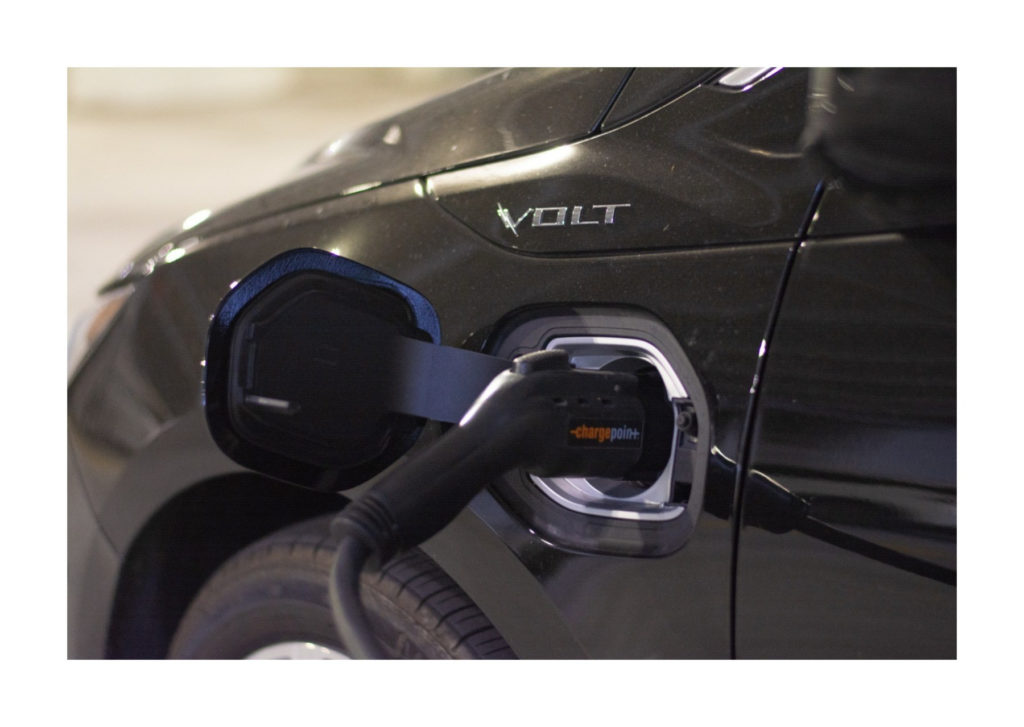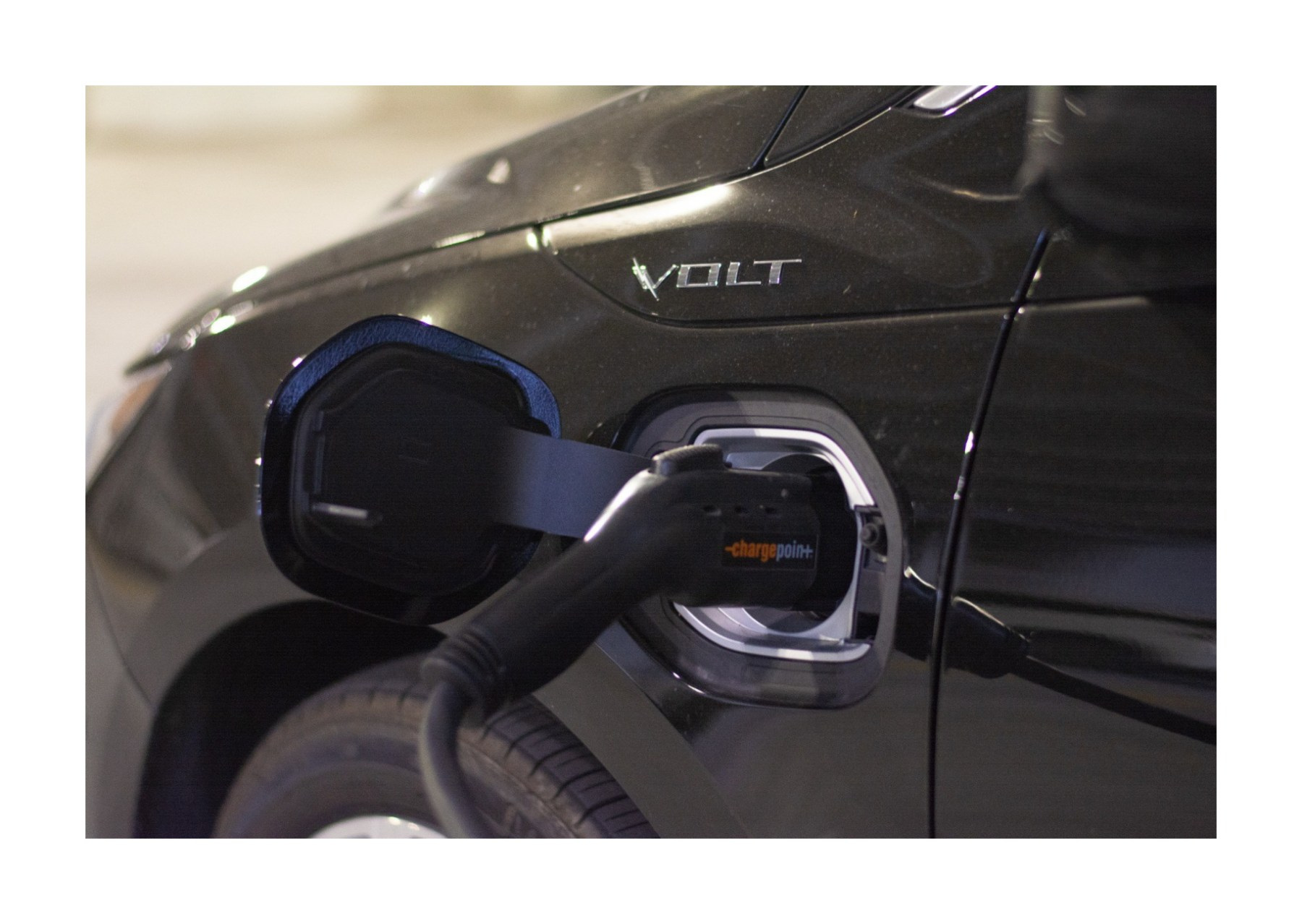
By Kate Rickman
With sustainability being one of USF St. Petersburg’s core pillars, the university will unveil six new electric vehicle charging stations on campus.
The university is partnering with Duke Energy to launch the pilot program Park and Plug. The EV charging stations are installed for free at any participating host site and will be used to collect data for future electric vehicle improvements.
The event will take place from 3 to 5:30 p.m. Jan. 24 outside the Tavern at Bayboro.
“This aligns with our drive toward renewable energy,” said Lisa Vanover, chair and coordinator of the Sustainability Action Team. Driving an EV provides long-term environmental and financial benefits by reducing the need to pay for gas.
“The more we do this as a state and a nation, the less problems we will encounter with climate change,” Vanover said.
Students and other attendees will be able to learn about various electric vehicles, view a documentary and participate in a “ride and drive” event, where they can test drive select electric vehicles. Teslas and Nissan Leafs will be on display, along with their owners, who will answer questions.
The Pinellas Suncoast Transit Authority’s electric buses will also be on display. St. Petersburg owns four electric buses, with two more coming in 2020. There will be several guest speakers, including Regional Chancellor Martin Tadlock.
A new app will also be unveiled, which displays the locations of charging stations on a map. It will be used to help prevent “range anxiety,” the fear of not making it to a charging station before running out of power.
The Chevy Bolt, one of the electric vehicles students can test drive, has an incredible pickup, according to Vanover. She is hoping to trade in her current car for an electric vehicle and is excited to use the new charging stations in the future.
“(The program) is a way to promote the use of electric vehicles by expanding on infrastructure in the community,” said Peveeta Persaud, a spokesperson for Duke Energy. “We really feel that electric vehicles have the ability to transform the electric industry.”
Park and Plug will provide two different charging stations: Level 2 and DC Fast-Charging. Level 2 charging stations are standard, typically used for multi-unit dwellings like apartments, offices and communities like universities.
The DC Fast-Charging stations require more infrastructure, but charge faster and are usually placed near high-traffic areas or major corridors.
At USF St. Petersburg, four Level 2 charging stations will be installed in parking lot five and two DC Fast-Charging stations will be in the parking garage. The parking garage stations are powered by the 100-kilowatt solar array on the roof of the garage. All of the stations are available for public use.
The pilot program will go through 2022, with all of the infrastructure being installed by the end of the year. The Florida Public Service Commission will then decide if it can be expended as part of a larger agreement between the Commission and Duke Energy.
The League of Women Voters of the St. Pete Area, Florida Suncoast Sierra Club, Southern Alliance for Clean Energy, Tampa Bay Clean Cities Coalition and various car companies were also involved in planning the event.




Ignorance abounds. No mention of charging protocol of the 2 Fast chargers, nor power, With only a measely 100KW solar panel source, those two chargers will be slow indeed. And on cloudy days, forget it. They need to be conected to a reliable power source, not a renewable source. Renewable is being misused – what is desired is a no or low carbonpower source, not a “renewable” source, which is anything but renewable- wind turbines and solar panels have to be replaced many times over before they last as long as a nuclear power plant, which is the only means, aside from hydro, to produce no carbon power at affordable prices. Recent comprehensive study of 6,000 wind farms shows shocking lack of promised lifespans promised by wind enthusiasts, costing twice as much as claimed. The future of power is not wind turbines which belongs in the 16th century